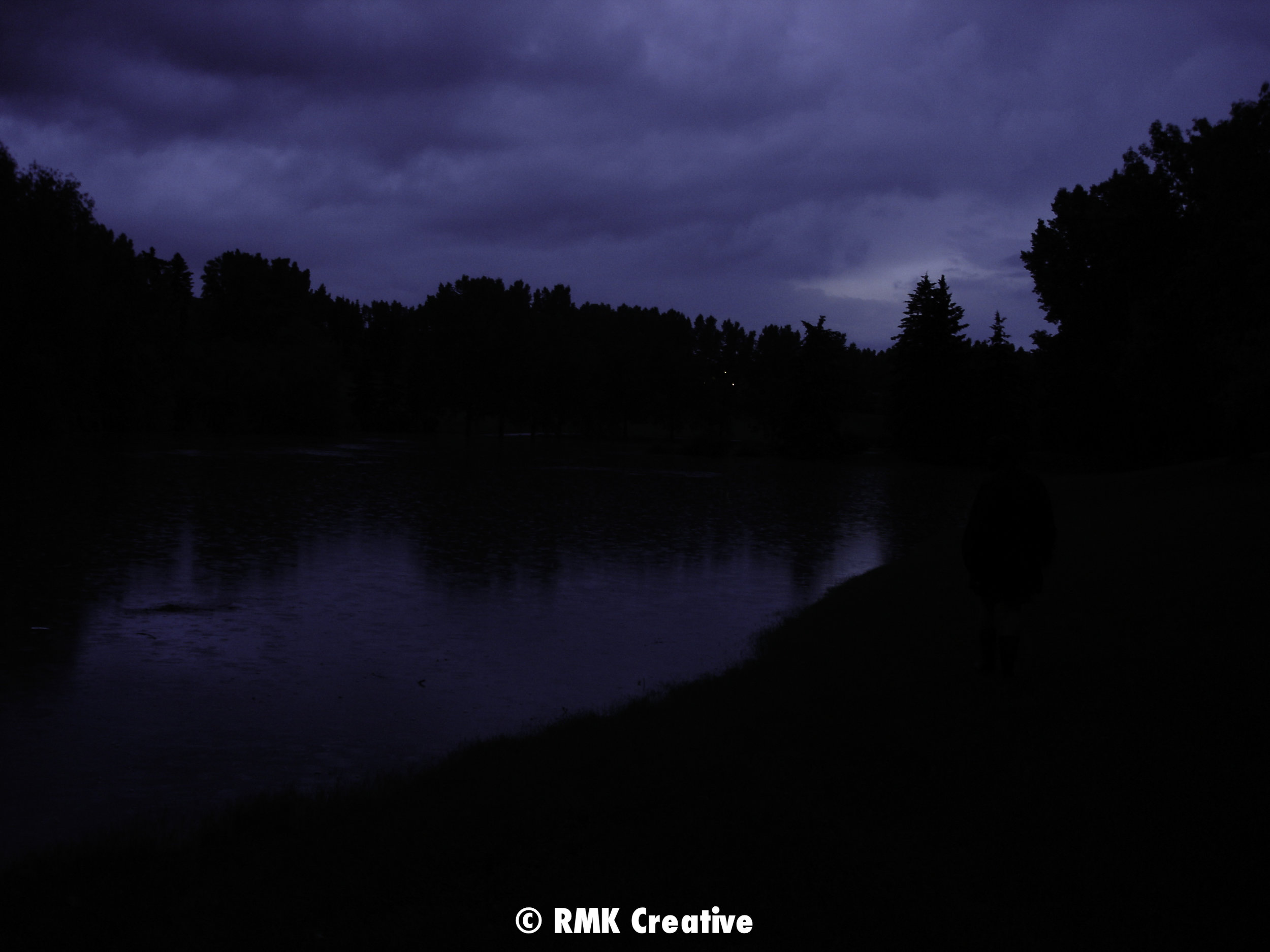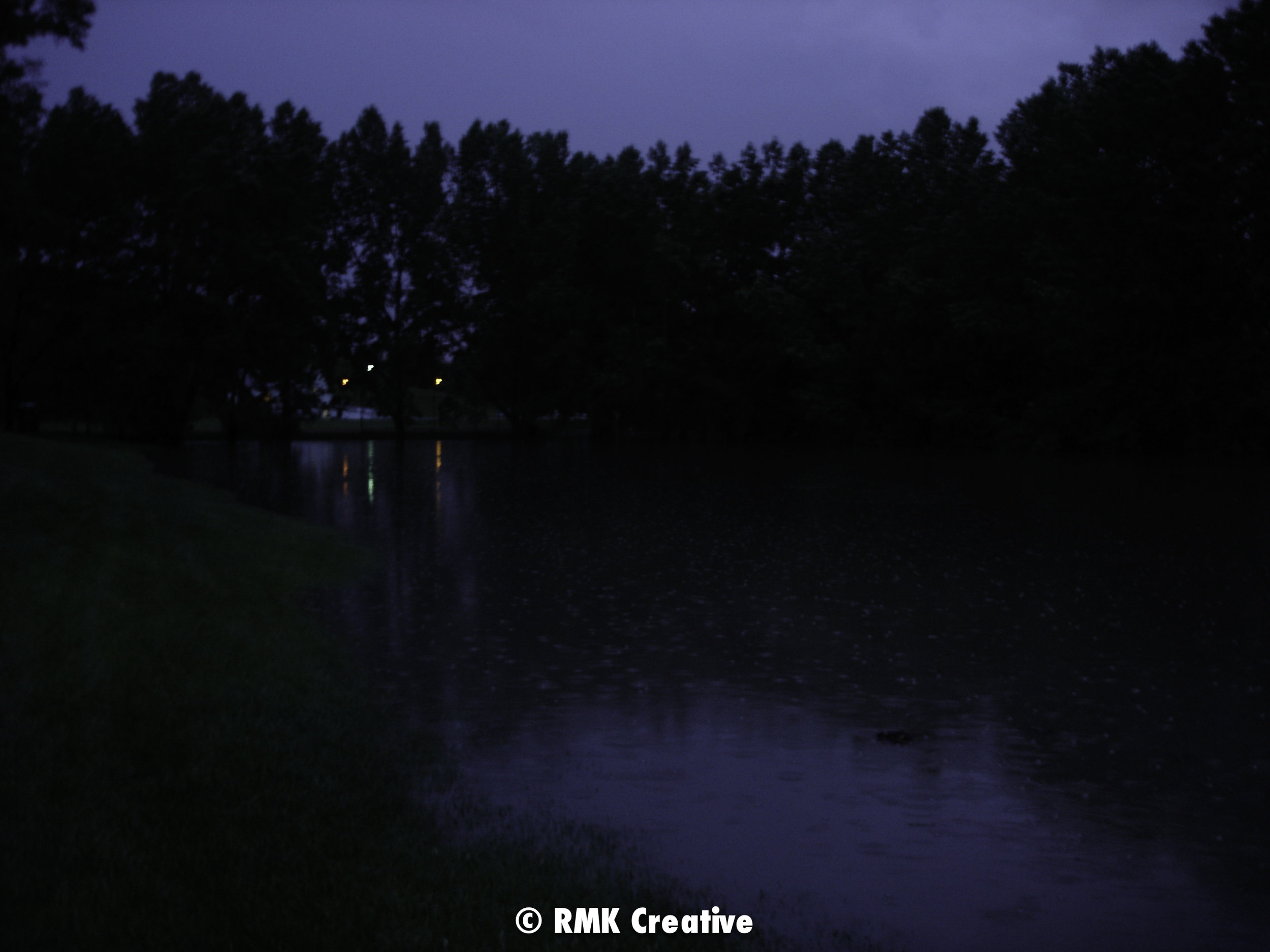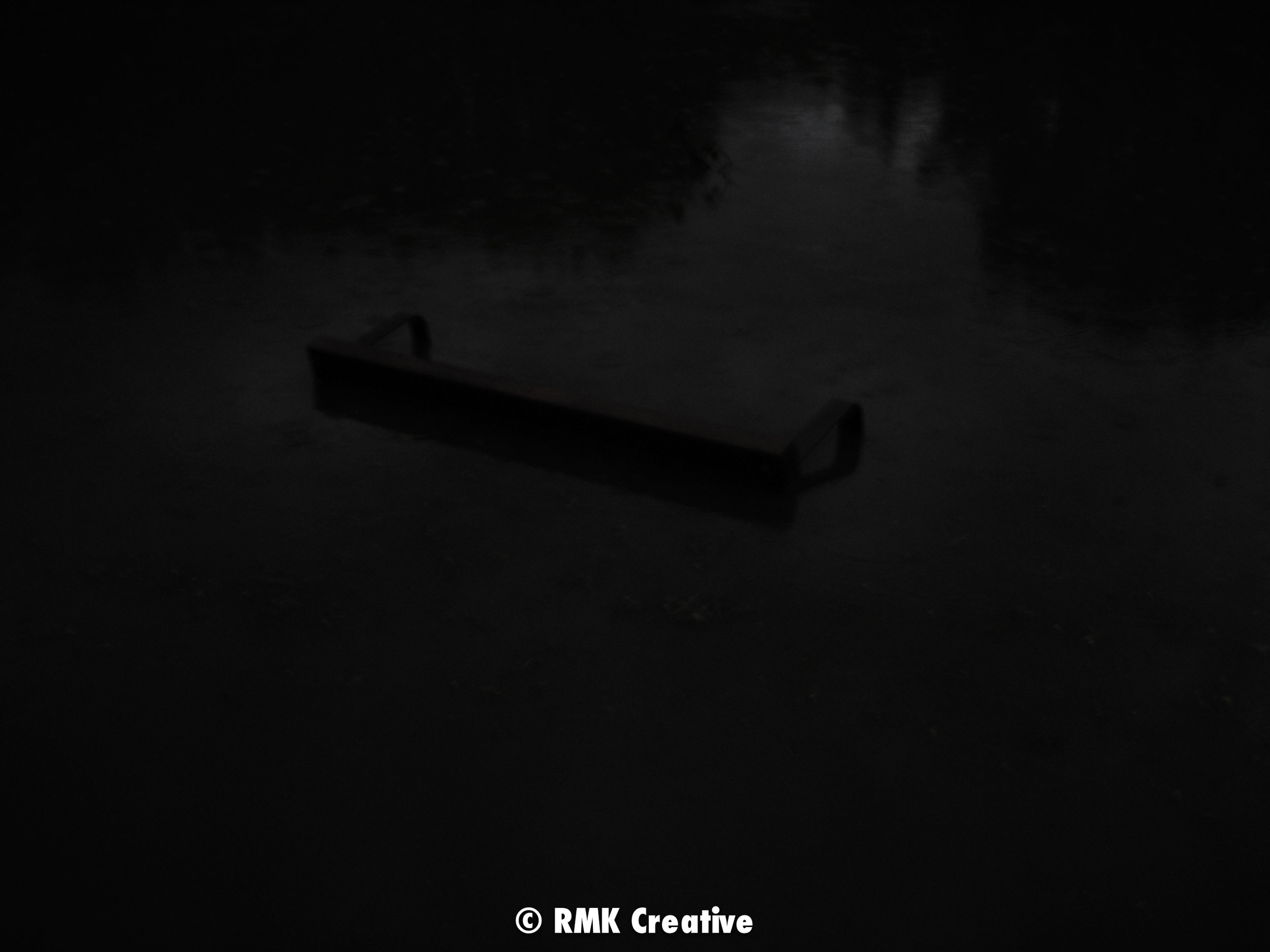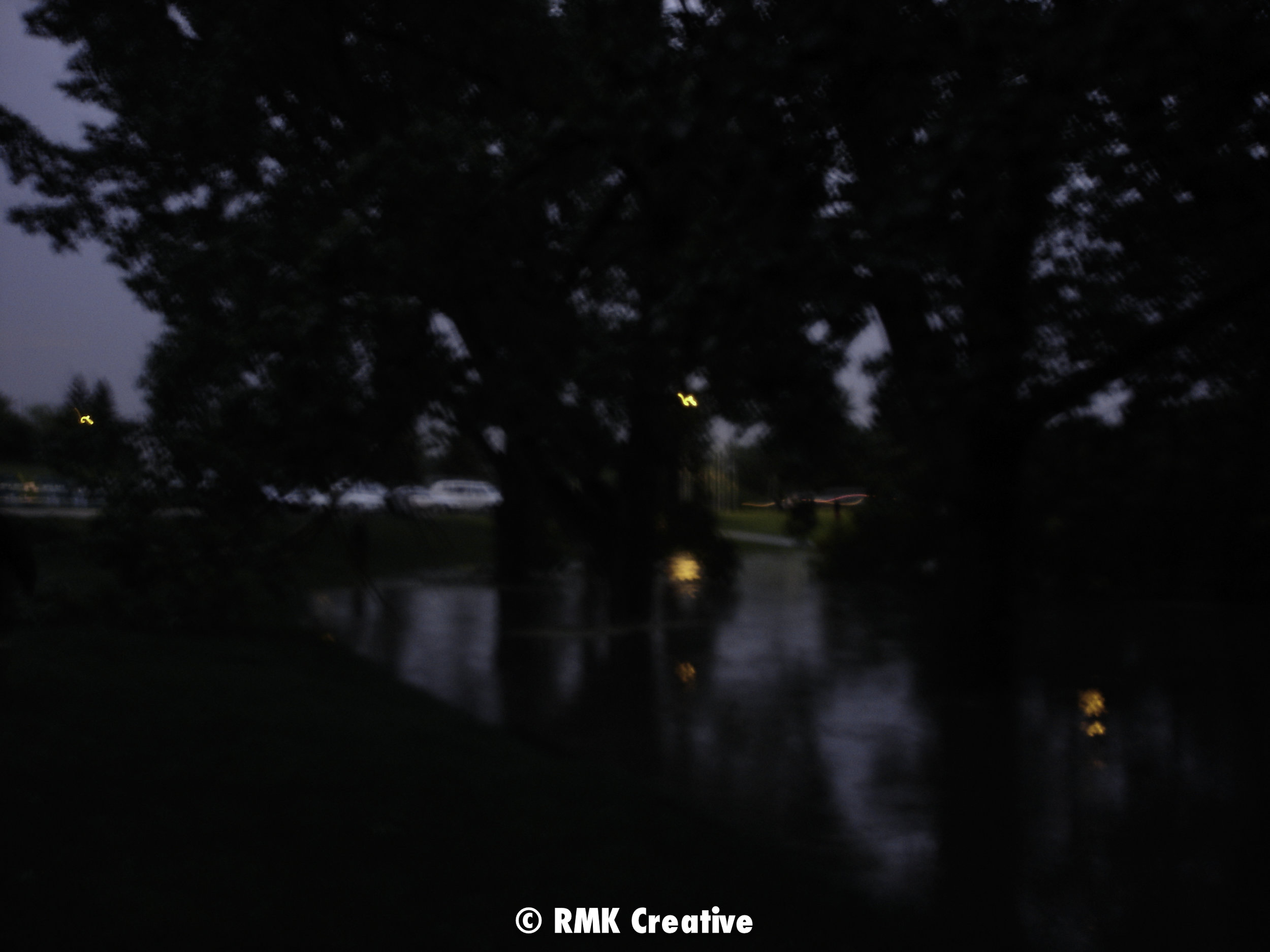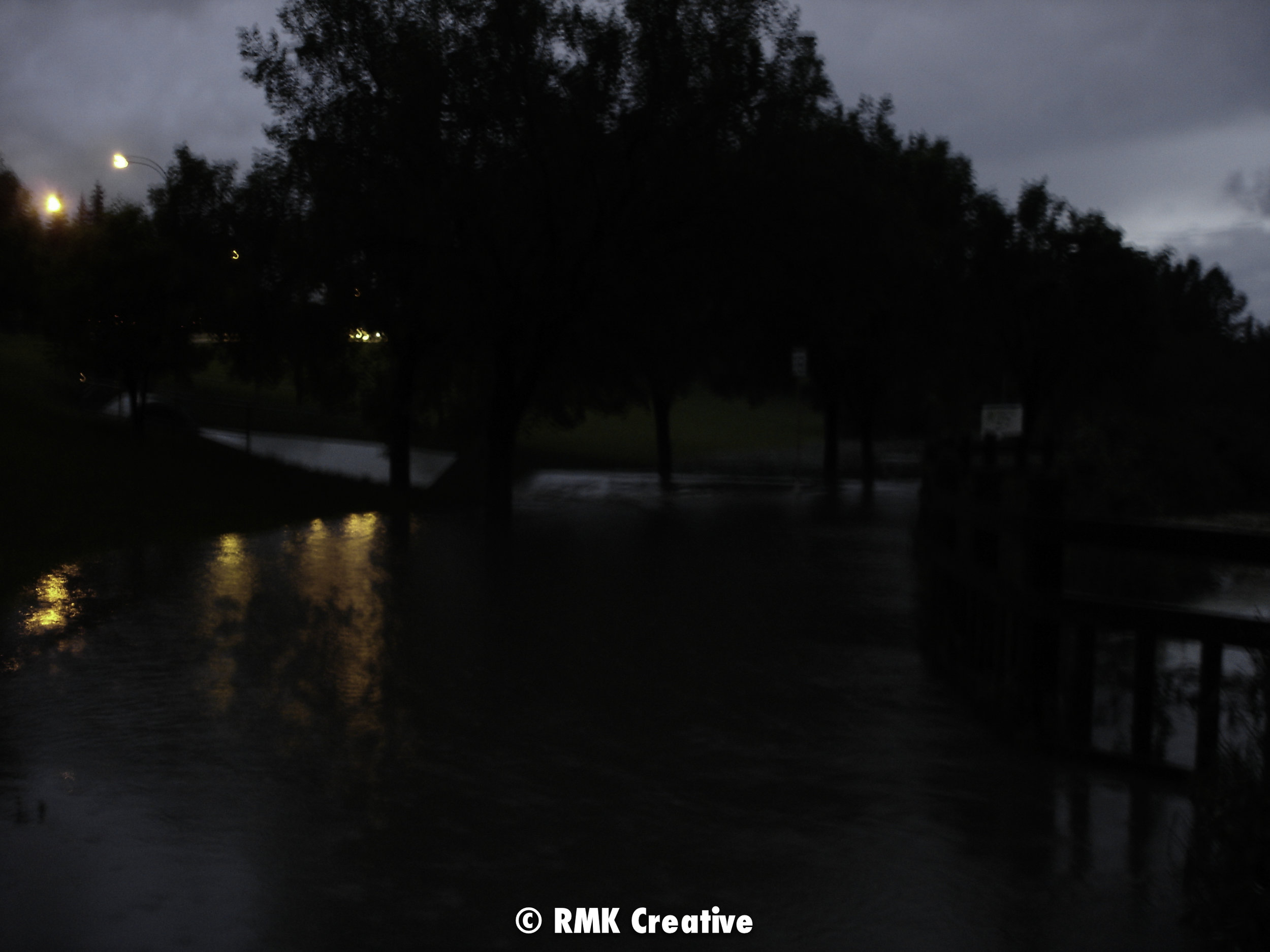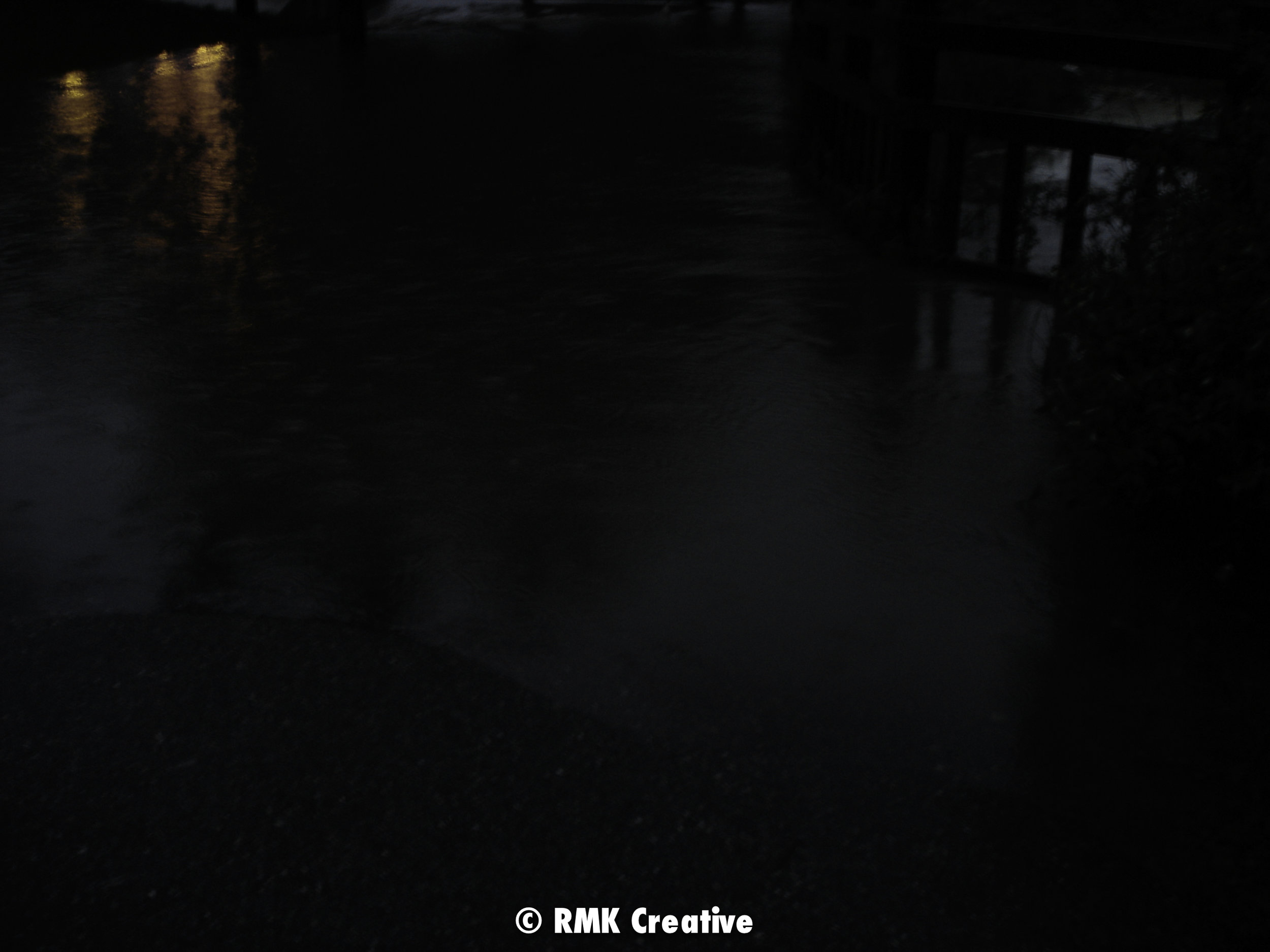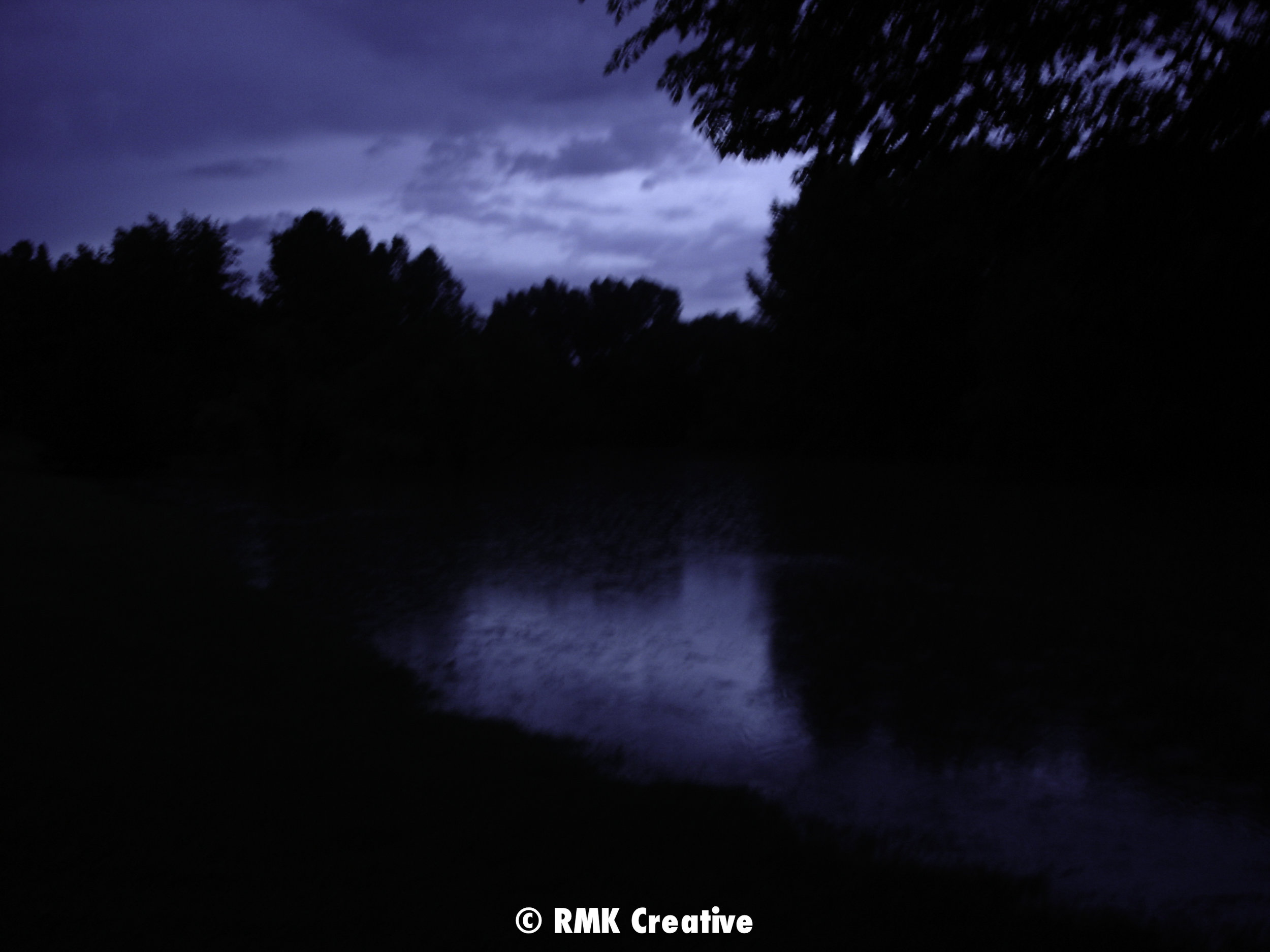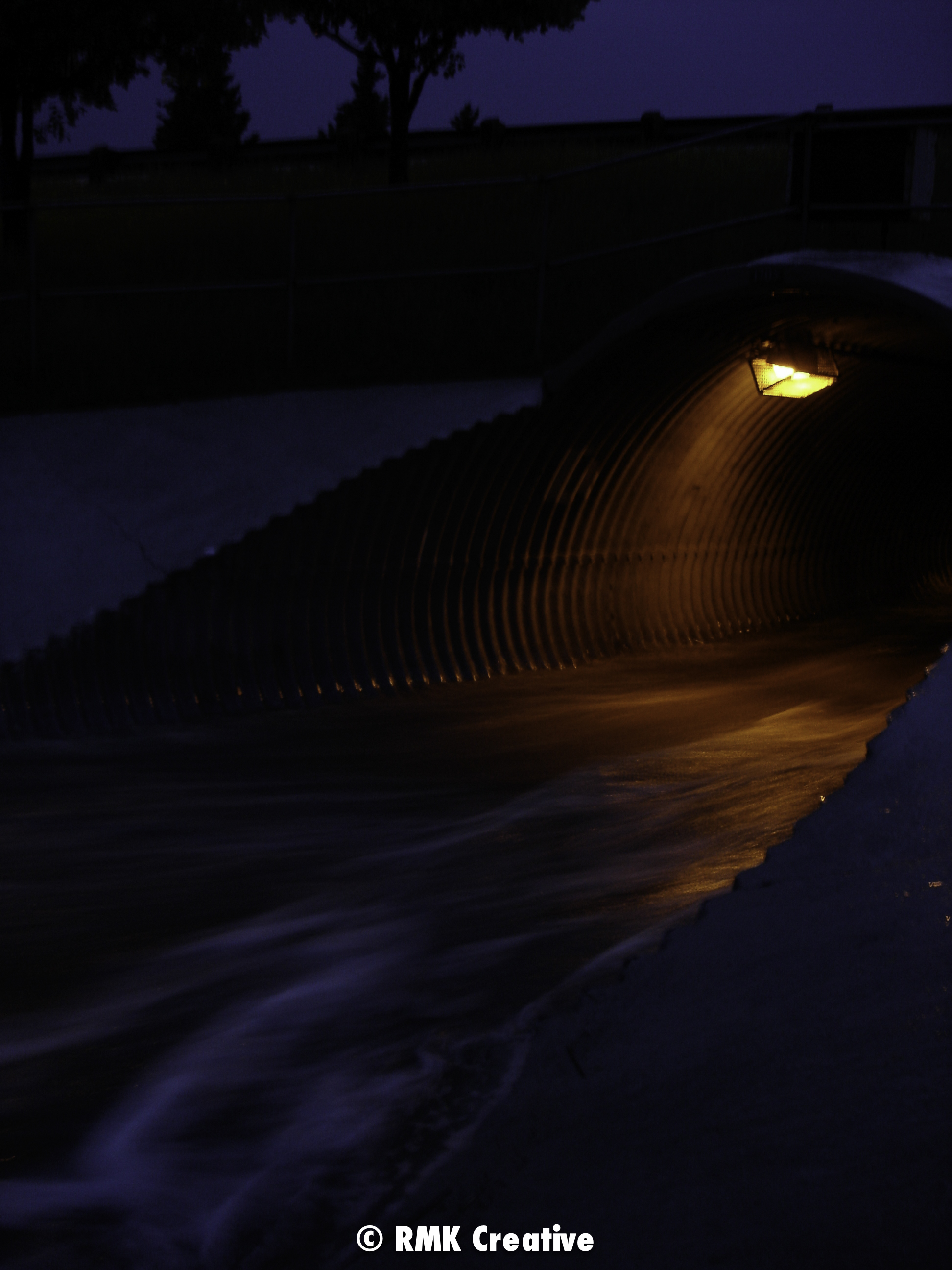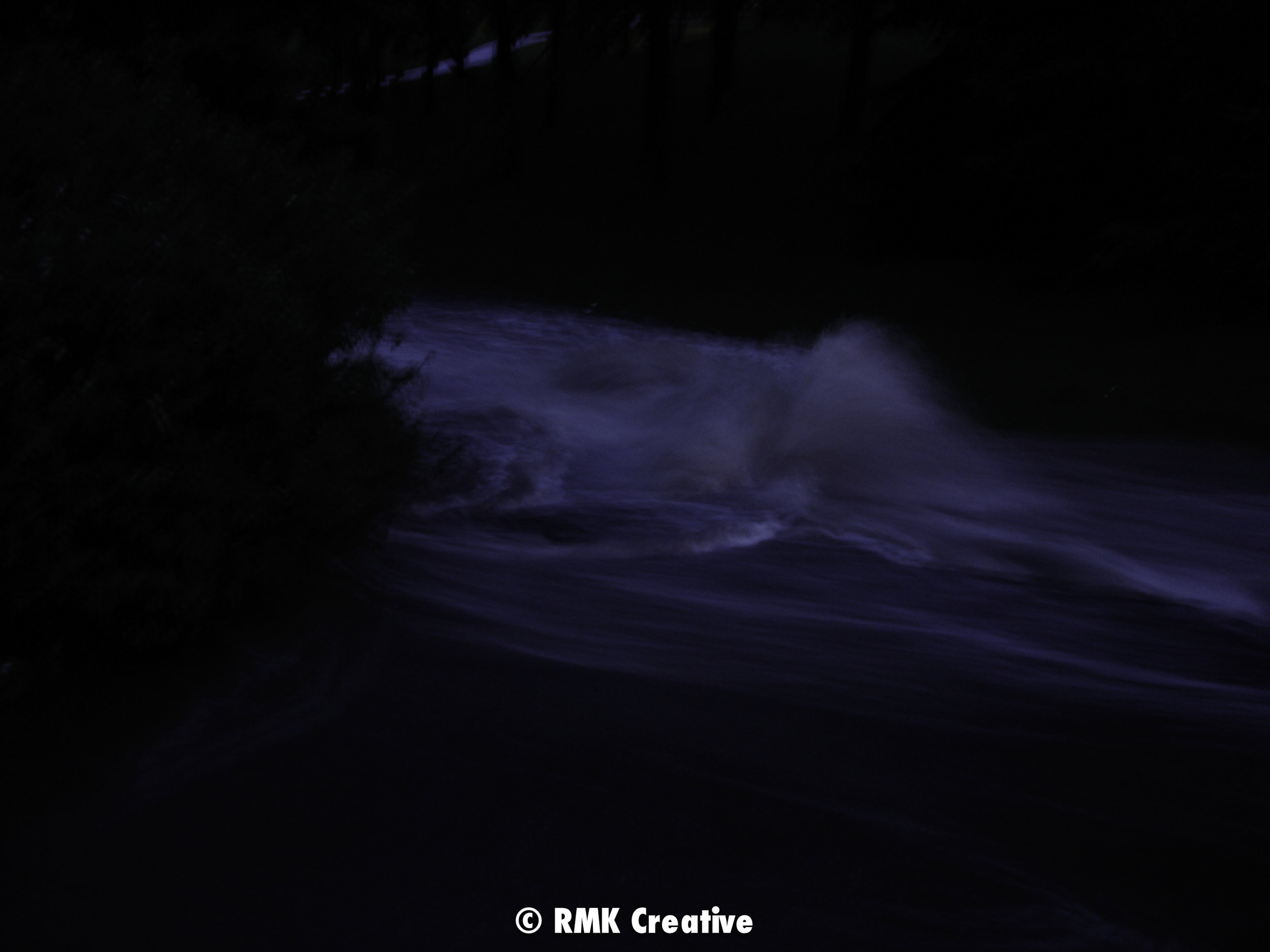I posted this on my Wordpress back when this was before yyccc. I found the draft and am reposting here in case anyone finds it useful.
I've been following the Highland Park redevelopment proposal, mostly from social media, and I'm not very impressed by what I see. The process has been highly dysfunctional and it makes me wonder about the state of planning in Calgary. By applying the basics I learned in my program last year I could easily come up with a better development proposal.
The opposition to the Highland Park proposal hasn't been classic NIMBYish. It's been a community opposed to a development that fails to respond to its needs and that fails to apply the most basic urban design principles. The community isn't upset about density. They are angry about green spaces, drainage and watersheds. They are angry about TOD that is in no way TOD.
Two really easy things have been missed: context and putting the public realm first.
Context and assets
The first place I'd start when planning a development like this is context.
I'd study the history of the area and the site. How has it evolved over time? What previous uses have been in place there?
I'd look at the community it's in and those around it. What is the character of that community? What is good about it? What can be improved? What do residents want from a new development?
Here there are some concerns that I'd ignore. Generally people opposed to mid-rise development in single-family home communities need to be told that density is not up for discussion. The way it happens is but the concept itself is not. In this situation the community isn't opposed to density, at least not from the objections I'm hearing. They're opposed to badly done density. That is fair. Badly done density serves the needs of no one.
Then because this is an old golf course on a sloped site I'd look at the ecology and geography of the site. I'd look at waterways. I'd wait for the watersheds study to come out. I'd look at the sad buried stream that can be brought back to life. I'd look at flooding and seasonal rain. Given how prone to flooding the stream in Confederation Park is this should be a serious concern for any development here.
At the charette the community favoured a park in the middle with housing around the edges. Instead the proposal is clumsy with housing shoved in the middle of the valley and poorly thought out green spaces dispersed between. This type of green space will be neglected and used by no one.
Context tells you what a development should be like. You take the history, community character, and the ecology and geography of the site and you build something around that. The public realm, in this case the park, should be designed first. Then you plan the buildings.
The proposal before council fails to do these basic things. They have not listened to the community association. They started with buildings instead of the public realm.
The proposal also commits the horrible blunder of running a road through a green space. Why in 2017 we would even consider this is beyond me. Buildings around the edges would mean that existing roads can link to new buildings. Instead of daylighting the stream they want to pave it over.
An urban design approach would see the stream as an asset to be cherished. If Jane Jacobs taught us anything it's that development should enhance what is already good about a place, a community, a site. It should be used to make it better, not worse.
Why not create a sustainable urban drainage system centered on a stream and floodway? There is a great opportunity here and we are missing it.
Precedence and examples
It's always a good idea to look at similar developments in Calgary that have been done well and what can be learned from them. Confederation Park has a similar geography and housing around the edge of a park. Bridgeland can be an example of how to introduce new built form around a park and public space considerations. What are other examples in the city that we can learn from?
Just say no
No development is better than bad development. If you say yes to anything you get bad development. That is a bad development and it doesn't have to happen. Once it does it's too late. The opportunity is gone for at least 100 years and probably forever. The City of Calgary needs to start saying no and expecting development of a high quality. If it's not good enough it's just a waste of opportunity and resources. Quality should be the rule, not the exception.
An urban design approach is about looking at how buildings fit into the communities and spaces around them. It means taking a wholistic approach to them and demanding quality.
Council has the power to demand more and set higher standards. They have the ability to change guidelines.
Calgarians have the obligation to insist on better like we are with this awful proposal. We can do better than this.
Relationship to broader policies
This proposal is impacted by a lot of broader policies in the city including the Green Line, the densification of the Centre Street corridor, the watershed study, other parks and the pathway network.
Intensification of use in the area will mean more people using the same amount of green space. Taking away a green space instead of creating one means they have even less park space. Again density is only good if you do it well. Has the city considered how parks and potential green spaces fit in with the plan for the Green Line? Why not use this as one of those spaces?
If you are aiming for TOD why put a road through a green space? Why widen McKnight? It's 2017. Other places figured this stuff out decades ago and we're still doing it wrong.
How does this space fit in with the pathway network and linear parks in north Calgary? Can it not be an extension of those? We are known for our pathway network and green spaces that enhance quality of life. Why not use that strength here? Again Jane Jacobs would say that we need to enhance what is good rather than destroying it.
How does this space fit in with cycling networks and active living strategies?
How does it relate to parks right next to it like Confederation Park? What impact does a change here have on Confederation Park?
Form and existing areas
The sad thing about this whole debacle is that I really like the buildings, urban design failings aside. They are the type of development I'd like to see in Calgary. If done on an existing paved block this wouldn't be an issue, it would be great. Unfortunately it's really hard to do blocks and buildings of this type in existing communities. We are so stuck with single-family homes and big setbacks that we make it nearly impossible to do good development in existing communities.
Lack of area plan
This is the second development in a very short period of time where a lack of area plan has created difficulties in assessing a proposal. The city needs to commit to area plans. They need to define what sort of development should take place in every community in Calgary. They need to be engaging with community groups to create long-term visions. Starting with an area plan and then having developments that fit in with it will prevent this sort of development that completely ignores the needs of the community and is very badly done. The golf course site could be clearly defined as a park with development around the edges.
In Edinburgh planning is done differently. They don't have strict land use rules. Instead they have suggestions for what type of development they'd like to see proposed in an area or street as well as what areas are being targeted for what types of development.
We need to start defining what the characters of communities are and what we want to see happening in them. The city needs to commit to hiring staff to do long-term area plans and to engage communities in this process. It's not that hard to do we just have to decide that it matters.
The city also needs to take an urban design perspective to proposals. Vancouver has adopted this approach and it has paid off. We can do it too but it means hiring someone with a background like mine to look at developments and have a say early on. A lot of the issues with the proposal are painfully obvious to me. The solutions are simple as well. You could do something really great on this site. Will we?

